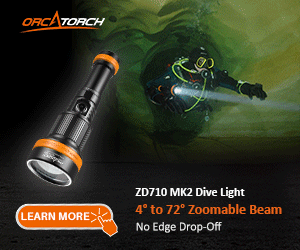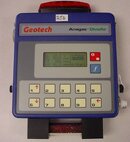swamp diver
Contributor
Serious question: where do these numbers come from? I am not familiar with the process by which tanks in scuba shops and fire houses are checked for CO contamination, and I would appreciate the explanation.
Read post #102 above.
The fire halls through the standard NFPA 1989 must submit quarterly samples to an accredited breathing air laboratory such as Lawrence Factor, TRI, Trace Analytics, etc. Those same labs are the ones prior to PADI's policy change in 2009 where dive shops also sent their quarterly samples for compressed breathing air analysis.
The lab directors can access aggregate data by industry and by contaminant in order to look at these issues. Read the Dive Alert article in the post above by Bob Rossi and you will see the lab directors from LF and TRI quoted. In 2009 those CO failure rates remained at 3% for the dive industry (personal communication).
As for the mechanics of sampling it is not the tanks which are normally analyzed but a sample is taken directly off the compressor hopefully while it is hot and has a filter in that is just due to be changed out. Sampling just prior to the filter change ensures that the air quality is maintained through the service life of the filter.
You can watch a Youtube video on TRI's web site showing how their sampler works. One can sample off a tank if the air is suspect but generally all quarterly samples are taken from the compressor directly. Of course quarterly sampling is not without problems which is why inline CO monitors are now mandatory on all US and Canadian fire hall compressors and Canadian commerical dive operator compressors. They should be mandatory on all recreational dive compressors.
Scuba Grade E Air




